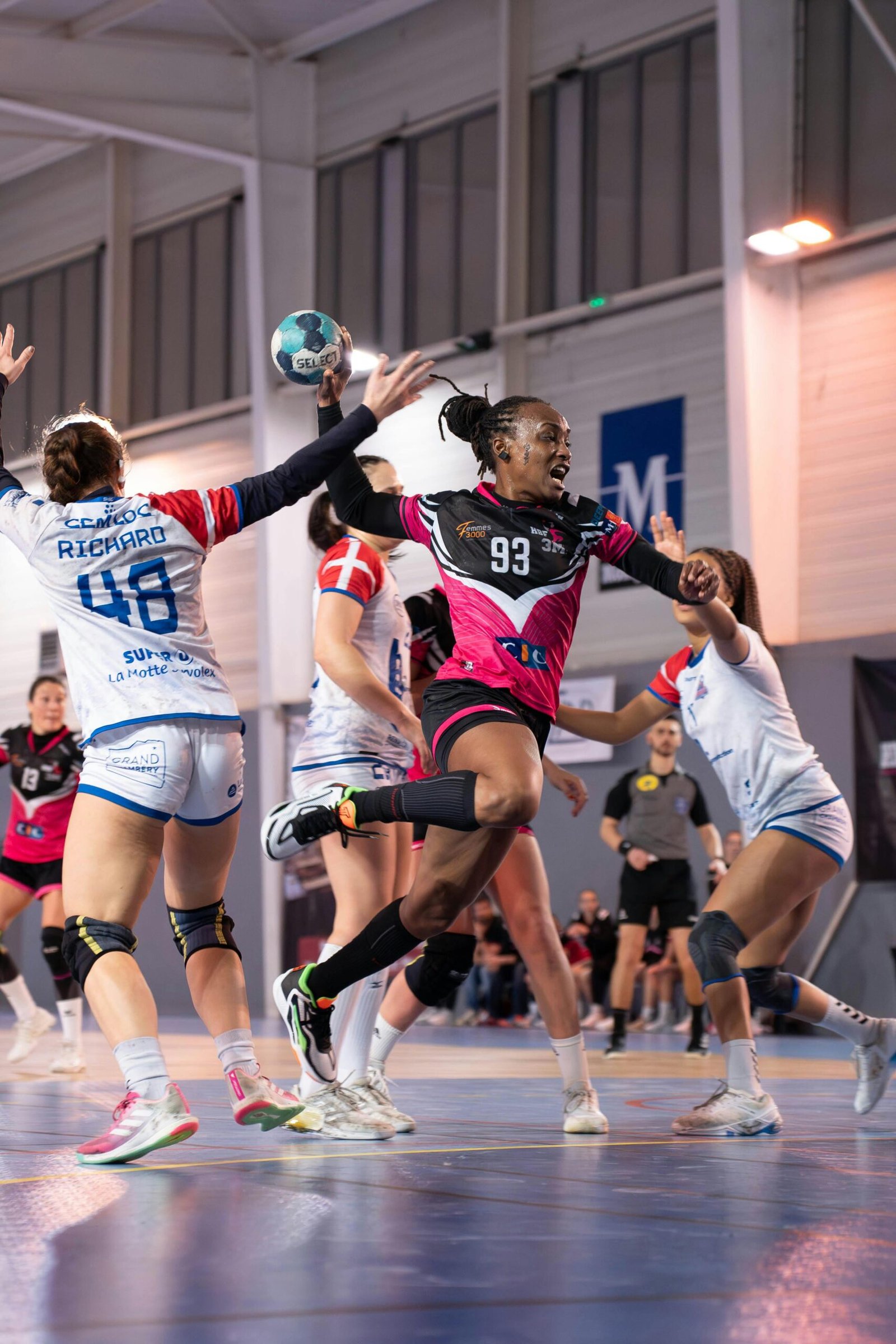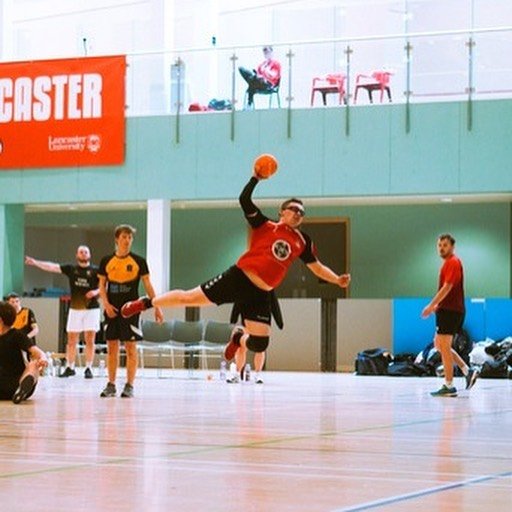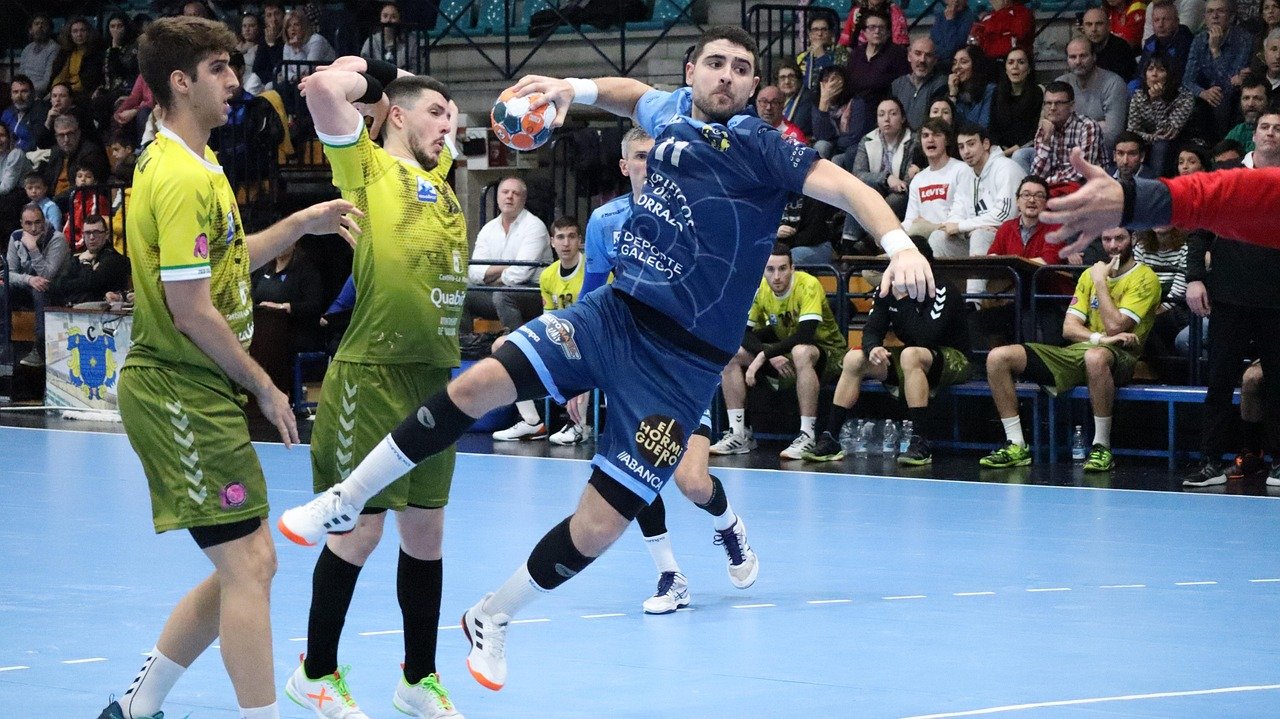In modern handball, innovation often determines success. One of the most dramatic tactical tools available is using the goalkeeper as a 7th attacker, creating a numerical advantage in attack. This strategy can break through the toughest defensive walls, but it also carries significant risks. Understanding when and how to employ it effectively is crucial for coaches, players, and even fans looking to deepen their tactical knowledge.
What is the 7th Attacker Strategy?
Traditionally, handball is played with seven outfield players and a goalkeeper. In the 7th attacker strategy, the goalkeeper is substituted for an additional outfield player, usually during the final minutes of a game or when a team is struggling to score.
The extra player allows for:
- Numerical superiority: Overloading the defensive line with an extra attacker.
- More passing options: Increased flexibility to move the ball quickly and create shooting lanes.
- Disrupting the defence: Opponents are forced to adapt rapidly to prevent goals.
However, the empty goal makes the attacking team vulnerable to counterattacks, meaning precision and coordination are essential.
When to Use the Goalkeeper as 7th Attacker
Timing is everything with this tactic. Coaches typically deploy it in the following scenarios:
1. Late-Game Situations
When a team is trailing by one or two goals with limited time left, the 7th attacker can maximise scoring opportunities.
2. Breaking a Strong Defensive Wall
If the opponent is using a compact defence such as 6-0 or 5-1, adding an extra attacker can create the openings necessary to score.
3. Tactical Surprise
Unexpectedly substituting the goalkeeper can catch opponents off-guard, especially if the team rotates the ball rapidly and moves players unpredictably.
Risks of Using the 7th Attacker
While the potential benefits are high, the risks are equally significant:
- Empty Net Vulnerability: A single turnover can lead to an easy goal for the opposition.
- Positional Confusion: If players are not fully aware of spacing, it can lead to cluttered attacks.
- Physical Demands: Outfield players covering for the goalkeeper must sprint and rotate quickly, requiring peak fitness.
How Elite Teams Maximise the 7th Attacker
Top clubs and national teams have developed specific methods to make this strategy more effective:
- Quick Passing and Movement: Rapid ball circulation prevents the defence from adjusting.
- Designated 7th Attacker: One player is trained specifically for this role to maintain spacing and timing.
- Communication: Clear verbal and non-verbal signals ensure all players know when the goalkeeper is off the court.
- Prepared Set Plays: Pre-designed plays reduce chaos and maximise scoring chances.
Training Tips for Teams
To implement this strategy safely and effectively, coaches should consider:
- Drills Simulating Empty Goal Scenarios: Practice maintaining possession while the goal is empty.
- Fast Decision-Making Exercises: Players must react quickly to turnovers and adapt positioning.
- Rotational Awareness: Teach players to rotate efficiently to maintain width and passing options.
- Fitness and Endurance: High-intensity sprints are common during 7v6 situations, so physical conditioning is crucial.
Examples from Elite Handball
Many of the best European teams, including France, Denmark, and Norway, regularly employ the 7th attacker in the final minutes of close matches. Watching these teams highlights the precision, timing, and communication required to use this tactic successfully while avoiding the high-risk pitfalls.
Conclusion
The goalkeeper as a 7th attacker is one of handball’s most exciting tactical tools. It can turn games around in seconds, create numerical superiority, and break through the toughest defences. However, it is not without danger — the empty net and need for precise coordination mean it must be used carefully.
Teams that train this scenario, communicate effectively, and execute rapid passing with smart positioning can gain a significant advantage. For coaches, players, and fans, understanding this tactic adds a whole new layer to the appreciation of elite handball strategy.



